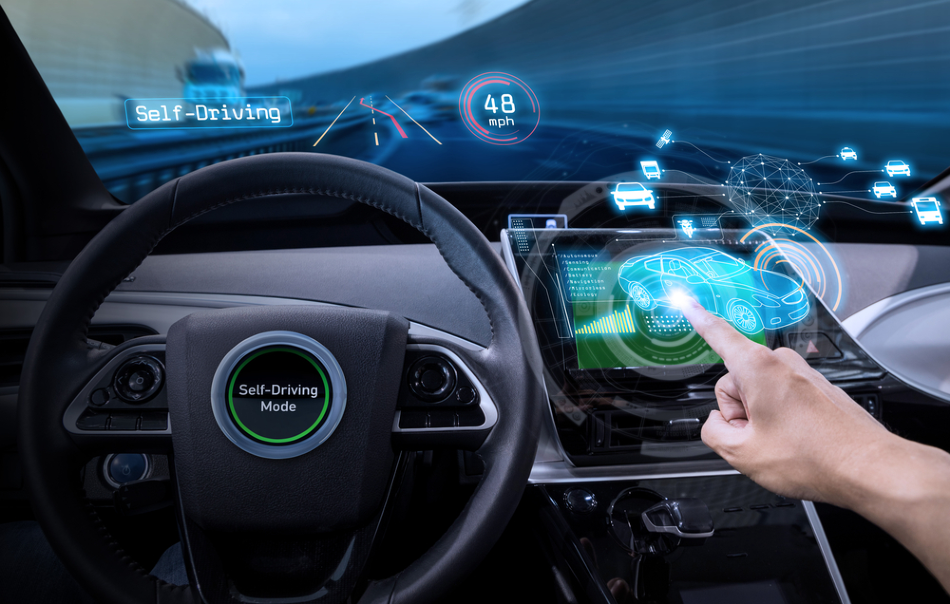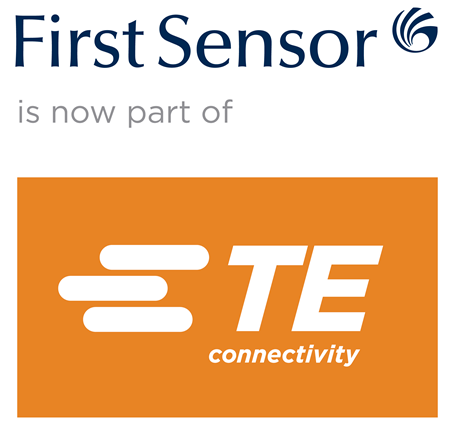The quantity of sensors in contemporary vehicles and mobile machines is constantly increasing. Sensors deliver the measuring values for the electronic control units and thus, are a vital constituent for the safe, comfortable and cost-effective use of cars, lorries, commercial and special vehicles.

Image Credit: Shutterstock/metamorworks
Great demands are often placed on the dependability and resilience of sensors by the extreme conditions in automobile uses, including heat, cold or incessant vibrations. Together with this, it is necessary for sensors to be small, energy-efficient and economical.
First Sensor designs and builds pioneering and reliable OEM pressure sensors for use within motor vehicles and mobile machines, which can be modified, with extensive usage know-how, to your personal requirements as a customer.
By keeping the production of all central components internal, First Sensor can guarantee the extended availability of all products for series production and the aftermarket. The company’s sensors are offered in various pressure ranges from vacuum to high pressure, and with personalized and electrical or pressure connections.
Additionally, First Sensor offers an extensive range of analog and digital interfaces, including ratiometric signals, SENT, LIN, PWM and I²C. Each customized OEM pressure sensor is designed and built in compliance with the quality management scheme for the automobile industry ISO/TS 16949.
First Sensor Solutions for the Vehicle Industry
.gif)
Image Credit: First Sensor
First Sensor Solutions for Fuel Applications
First Sensor’s OEM pressure sensors for fuel applications can be delivered with an optional built-in temperature sensor, and are used for tank pressure measurement, tank leakage diagnostics and fuel delivery. The sensors are connected either on tank walls or directly inside the tank, where they are fully surrounded by fuel or fuel vapors.
The company’s tank pressure sensors are ideally suited for the comparative and absolute pressure measurement of aggressive liquids, including gasoline, diesel, methanol and ethanol. Exclusive technologies, as well as methods that allow for compact, low-maintenance and economical sensor solutions, are offered for measurement inside the tank.
The sensor can also be attached to constituents of the fuel supply system, such as a tank flange or a fuel line, or can be directly combined into the fuel delivery component. First Sensor’s extremely precise low-pressure sensors are employed for measurement of leaks, as they can identify extremely small pressure variations within the fuel tank.
Pressure sensors from First Sensor track negative pressures and overpressures in the fuel tank so as to regulate the tank air intake and extraction.
Further First Sensor Solutions for the Vehicle Industry
First Sensor’s vacuum pressure sensors determine the negative pressure for regulating the vacuum pump in brake booster systems, therefore guaranteeing ideal support for the braking action. The sturdy sensors are intended for temperatures ranging from -40 °C to +135 °C, and can operate effectively in unclean or contaminated air.
Additionally, the vacuum sensors work with automated start-stop systems in cars, aiding in the reduction of the discharge of carbon dioxide.
High-pressure sensors with manifold integrated pressure connections for identifying varied pressures and temperatures are available for electrohydraulic power-assisted steering, while modular high-pressure sensors can be tailored to suit a variety of hydraulic pressure uses in vehicles and machines.
To fix the damping of the engine suspension, for example, in sports cars, pressure sensors with extremely fast response periods are necessary in order to react to the style of driving and lane structure live. First Sensor can deliver pressure sensor solutions with extremely rapid signal processing through the use of application-specific integrated circuits (ASSP/ASIC).
First Sensor’s products can determine pressure as well as temperature, if required, in closed-loop refrigerant circuits within the air-conditioning systems of motor vehicles. The sensors can be used with the typical refrigerant R134a, as well as alternate environmentally-friendly solutions, such as R1234yf and R744 (carbon dioxide).
To comply with IP6K9K, the sensors are protected from water and are suitable for use in temperatures ranging from -40 °C to +165 °C.
Advanced flow-based pressure sensors with measuring ranges from 25 Pa (0.25 mbar), as well as highest resolution and offset stability, are offered for the extremely sensitive measurement of exceptionally low differential pressures in vehicles and machines.
Additional uses for the OEM pressure sensor solutions are exhaust gas aftertreatment (SCR) systems, common rail injection up to 3000 bar, high and low pressure applications for hydrogen fuel cell vehicles and exhaust gas recirculation systems (EGR).

This information has been sourced, reviewed and adapted from materials provided by First Sensor AG.
For more information on this source, please visit First Sensor AG.